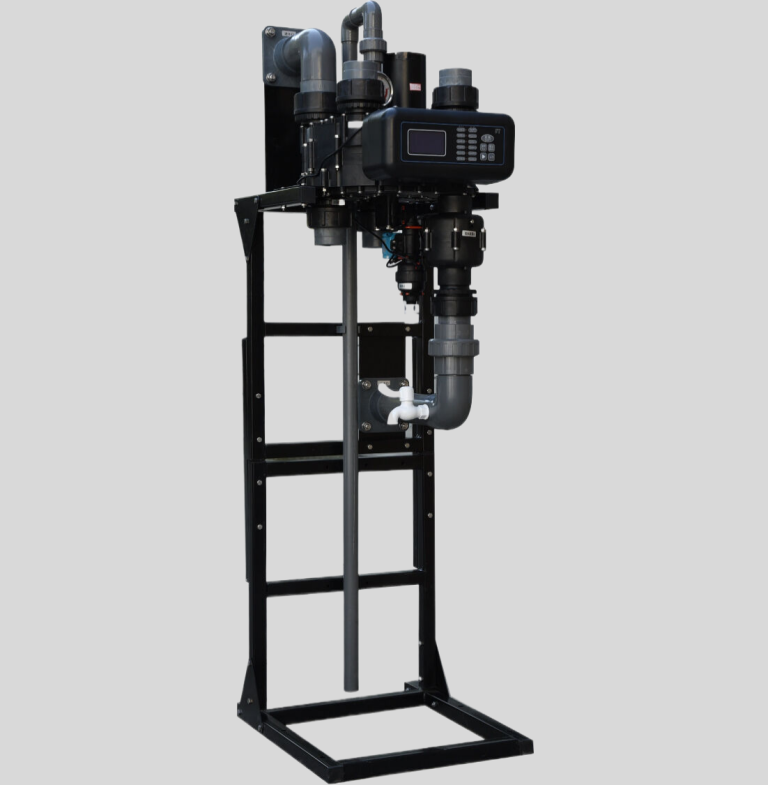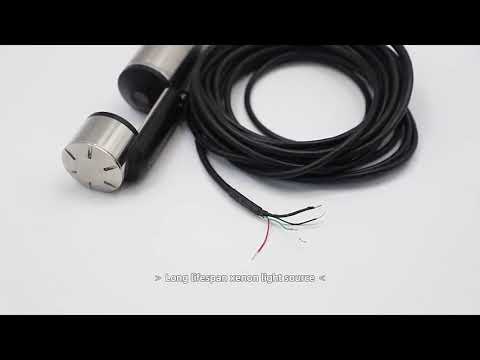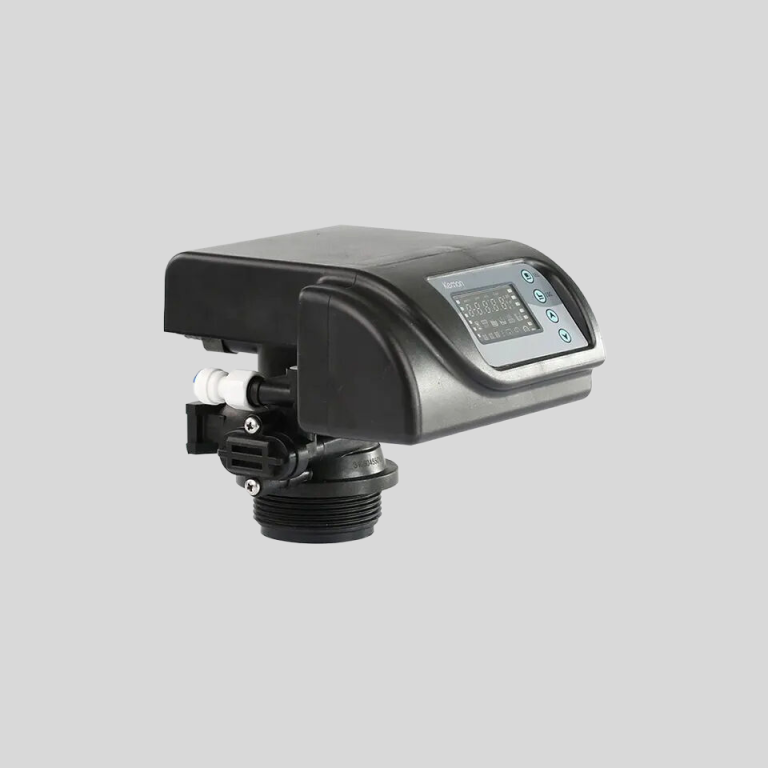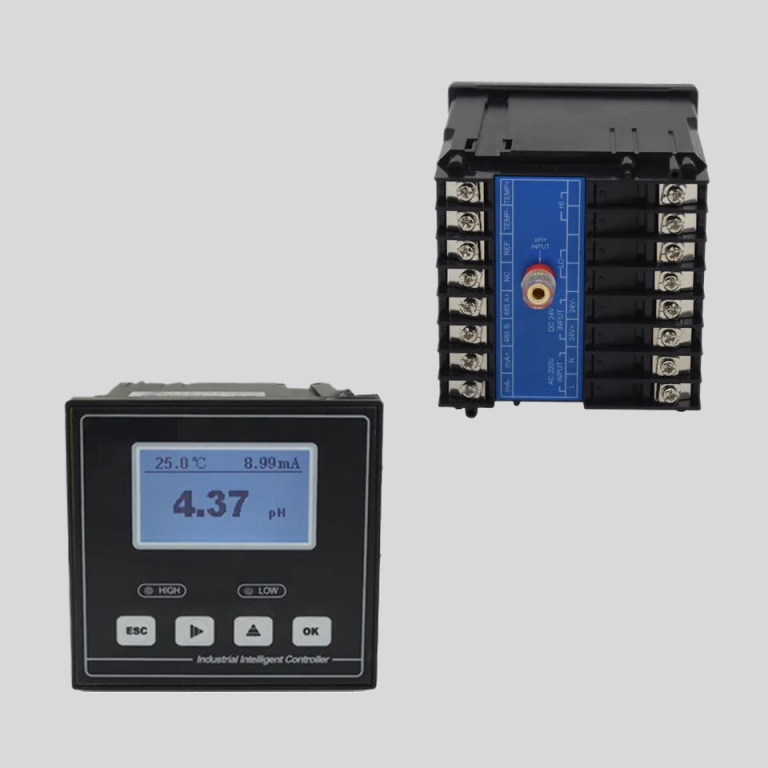The water softener goes near your water source for a cleaner, softer experience.
The Importance of Proper Placement for Water Softeners
Water softeners are essential devices that help remove minerals and impurities from water, ensuring that it is safe and healthy for consumption. However, many people are unsure about where to place their water softeners for optimal performance. Proper placement is crucial to ensure that the water softener functions efficiently and effectively. In this article, we will discuss the importance of proper placement for water softeners and provide some guidelines to help you determine the best location for your device.
| Model | Central tube | Drain | Brine tank connector | Base | Power supply parameters | Maximum power | Pressure parameters | Operating temperature |
| 3900 | 3.5″(3″) O.D. | 2″NPTF | 1″NPTM | 6″-8UN | 24v,110v,220v-50Hz,60Hz | 171W | 2.1MPa | 1℃-43℃ |
| 0.14-0.84MPa |
One of the primary considerations when determining the placement of a water softener is the proximity to the main water supply. Ideally, the water softener should be installed as close to the point of entry of the water supply as possible. This allows the device to treat all the water entering your home, ensuring that every faucet and appliance receives softened water. By placing the water softener near the main water supply, you can maximize its effectiveness and provide consistent soft water throughout your home.
Another important factor to consider is the availability of space. Water softeners come in various sizes, so it is crucial to choose a location that can accommodate the dimensions of your device. The area should be well-ventilated and easily accessible for maintenance and repairs. It is also essential to ensure that the location is not prone to extreme temperatures or excessive humidity, as these conditions can affect the performance and lifespan of the water softener.
Additionally, it is crucial to consider the drainage requirements of the water softener. These devices require a drain line to remove the excess minerals and impurities that are removed from the water during the softening process. Therefore, the placement of the water softener should be near a suitable drain or a dedicated drain line should be installed. This ensures that the water softener can operate efficiently without any drainage issues.
Furthermore, it is advisable to place the water softener in an area that is protected from potential damage. For instance, if you live in an area prone to flooding, it is best to install the water softener on an elevated platform or in a location that is less susceptible to water damage. Similarly, if you have a basement or crawl space, it is important to consider the potential for leaks or moisture buildup and choose a location that minimizes these risks.
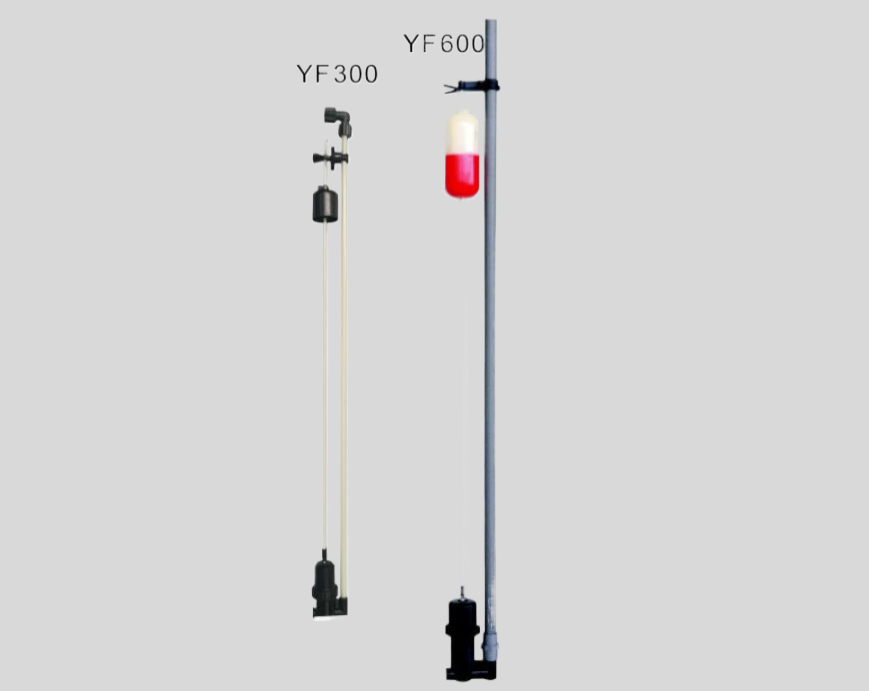
In conclusion, proper placement of a water softener is crucial for its optimal performance and longevity. The device should be installed as close to the main water supply as possible to ensure that all water entering your home is treated. The location should also provide sufficient space, ventilation, and accessibility for maintenance and repairs. Additionally, it is important to consider the drainage requirements and protect the water softener from potential damage. By following these guidelines, you can ensure that your water softener functions efficiently, providing you with soft and clean water for years to come.

